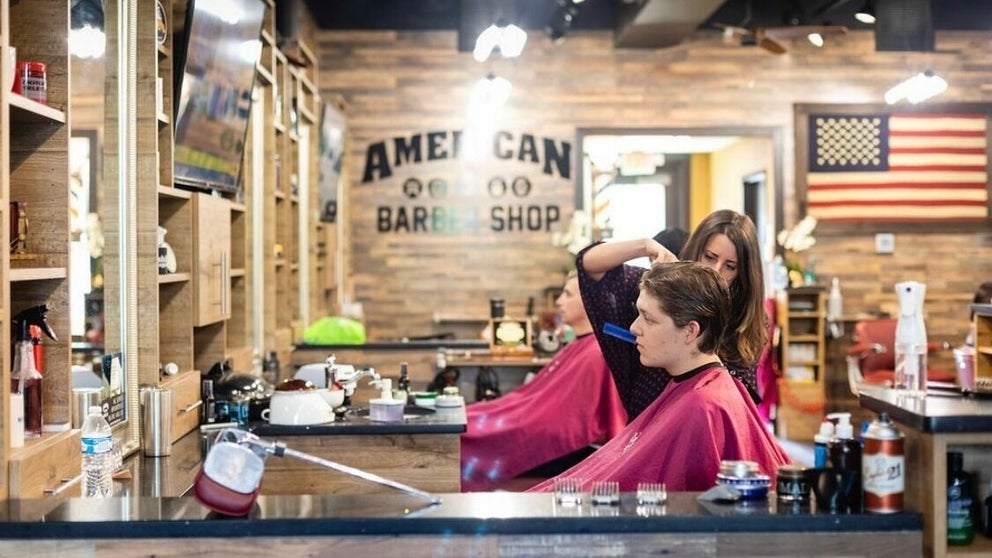
Barbershops have a rich history, dating back thousands of years. What began as simple grooming hubs has evolved into sophisticated spaces that blend tradition with contemporary trends. Today, barbershops are more than just places to get a haircut or shave—they are cultural centers that reflect changing times and tastes. Let’s explore how Barber Shops in Atlanta have transformed over the years, from their classical roots to the modern era.
The Origins of the Barbershop
The concept of barbering can be traced back to ancient civilizations such as Egypt, Greece, and Rome. In ancient Egypt, barbers were highly respected professionals who not only cut hair but also performed religious rituals. In Greece and Rome, barbershops served as social hubs where men gathered to discuss politics, philosophy, and daily life. The word “barber” itself comes from the Latin word “barba,” meaning beard.
During the Middle Ages, barbers took on a dual role, becoming known as “barber-surgeons.” Alongside cutting hair, they performed minor surgical procedures like tooth extractions and bloodletting. The iconic red, white, and blue barber pole originated during this period, symbolizing their medical and grooming services.
The Rise of the Classic Barbershop
By the 19th century, barbershops had become integral parts of communities in Europe and the United States. They were places where men of all walks of life could receive affordable grooming services and enjoy camaraderie. The classic barbershop of this era was characterized by:
-
Straight Razor Shaves: Using hot towels and shaving cream for a luxurious experience.
-
Classic Chairs: Heavy, reclining chairs made of leather and metal.
-
Community Atmosphere: Men gathered to share stories, debate current events, and socialize.
Barbershops were not just about grooming; they were cultural institutions where relationships were built.
The Decline of Traditional Barbershops
In the mid-20th century, the popularity of traditional barbershops began to wane. The rise of unisex salons and large chain establishments drew men and women alike, offering quick, no-frills services. As trends shifted, many barbers struggled to compete, and the number of traditional barbershops dwindled.
Additionally, the changing cultural landscape saw fewer men wearing facial hair, reducing the demand for beard grooming and straight razor shaves. The once-thriving barbershop culture faced a decline, with many classic establishments closing their doors.
The Modern Barbershop Renaissance
In recent decades, barbershops have experienced a resurgence, combining classic traditions with modern innovations. This renaissance is driven by a renewed interest in men’s grooming, as well as the desire for personalized, high-quality services. Modern barbershops offer a unique blend of old-world charm and contemporary flair, characterized by:
1. Premium Services
Modern barbershops cater to diverse grooming needs, offering everything from classic haircuts and beard trims to modern styles and skincare treatments. Many also incorporate luxury services such as:
-
Hot towel shaves
-
Facial massages
-
Hair and beard care products
2. Aesthetic Ambiance
Today’s barbershops often feature carefully designed interiors that pay homage to their classic roots while embracing modern aesthetics. Exposed brick walls, vintage barber chairs, and industrial lighting create a stylish yet nostalgic atmosphere.
3. Community Focus
While the essence of community remains, modern barbershops often cater to a broader demographic. They serve as inclusive spaces where clients of all ages and backgrounds can feel welcome. Many establishments host events, pop-ups, or collaborations with local artists, reinforcing their role as cultural hubs.
4. Technology Integration
Modern barbershops have embraced technology to enhance customer convenience. Online booking systems, digital payment options, and social media marketing have made it easier for clients to connect with their favorite barbers. Many barbershops also leverage platforms like Instagram to showcase their skills and attract new customers.
Classic vs. Modern: Striking a Balance
What sets modern barbershops apart is their ability to balance tradition with innovation. While classic barbershops focused on simplicity and community, modern establishments elevate the experience with premium services and stylish environments. At their core, both classic and modern barbershops share a common goal: to provide excellent grooming services and foster a sense of connection.
The Future of Barbershops
As trends continue to evolve, the future of barbershops looks promising. The growing emphasis on self-care and personal grooming suggests that barbershops will remain relevant. Additionally, the push for sustainability may see more eco-friendly practices, such as the use of biodegradable products and energy-efficient equipment.
Reesha barbers are also expanding their offerings to the best services like scalp treatments and grooming consultations. By staying attuned to changing customer needs, barbershops can thrive in an ever-evolving industry.
Conclusion
From ancient rituals to modern luxury, the evolution of the barbershop is a testament to its enduring appeal. Whether you prefer the simplicity of a classic straight razor shave or the sophistication of a contemporary grooming experience, barbershops offer something for everyone. As they continue to innovate while honoring their rich history, barbershops remain timeless symbols of style, community, and tradition.